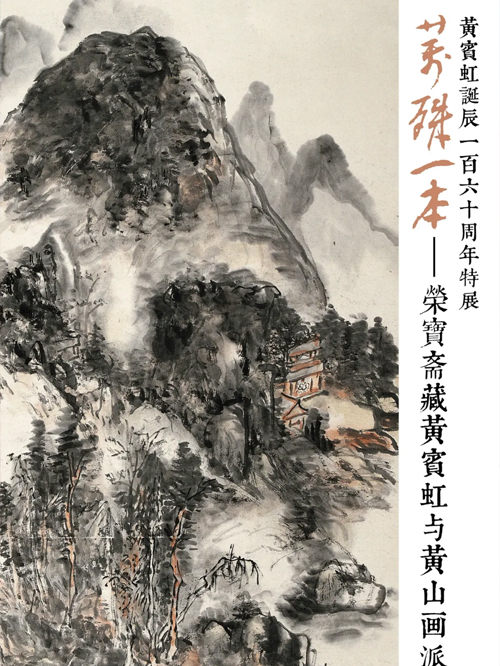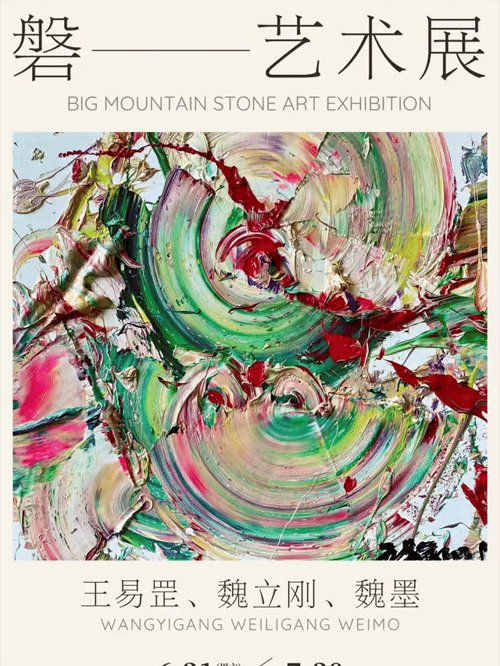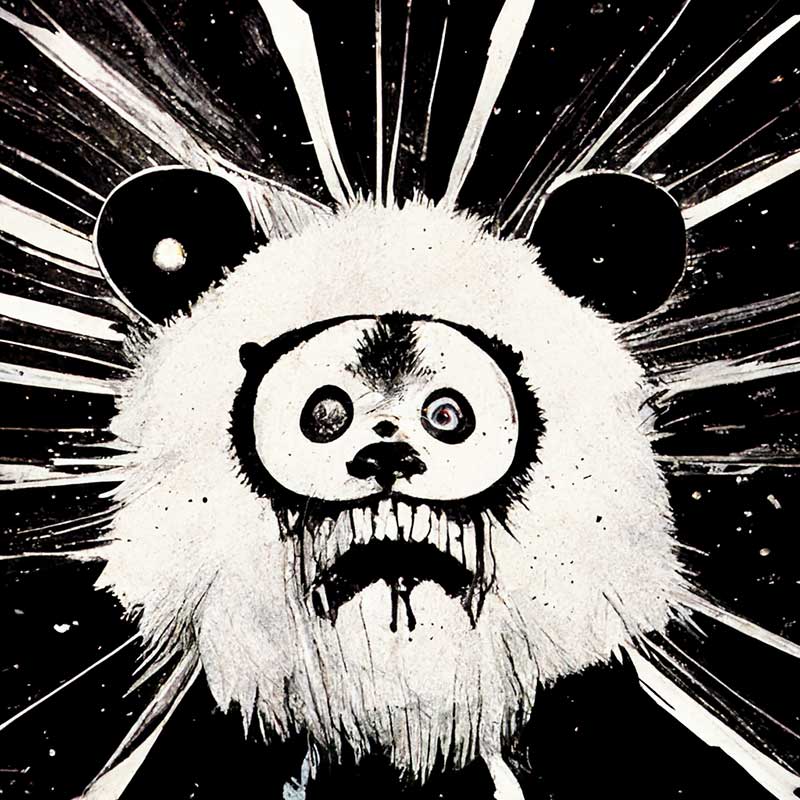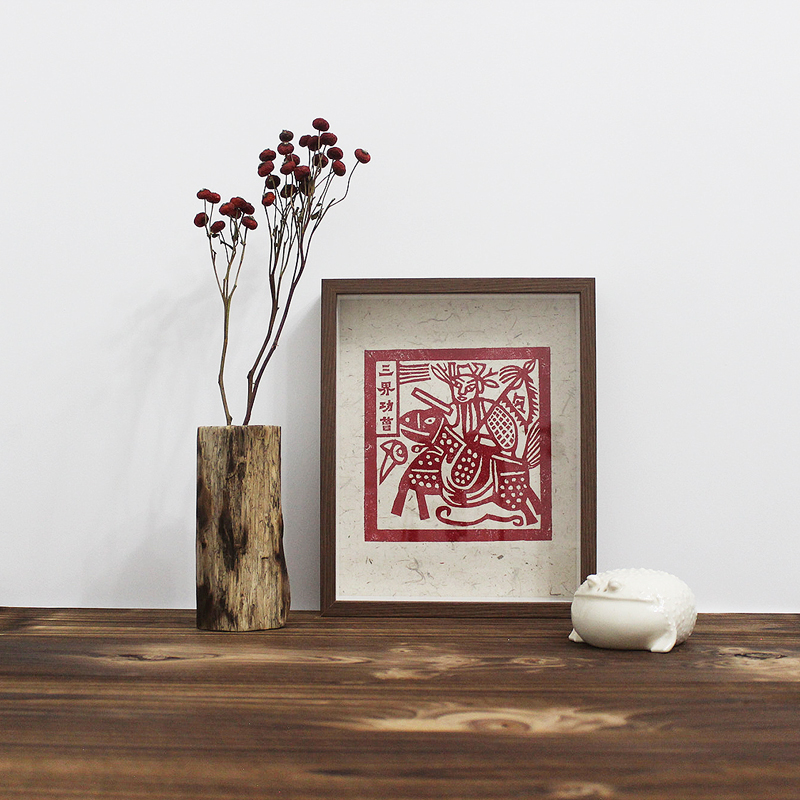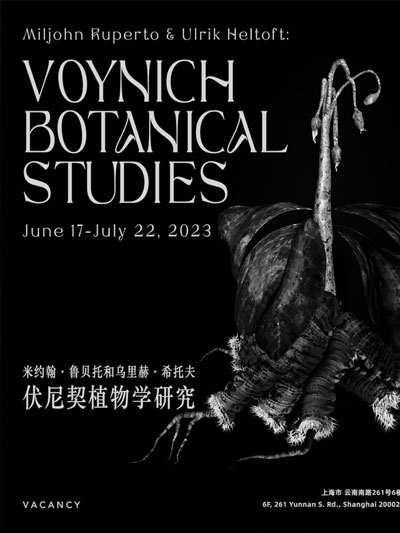Gallery Vacancy荣幸地宣布将呈现米约翰·鲁贝托和乌里赫·希托夫在画廊的首次个展“伏尼契植物学研究”,展期为2023年6月17日至7月22日。此次展览将展出一系列摄影作品,以探究始于15世纪的《伏尼契手稿》的迷思。
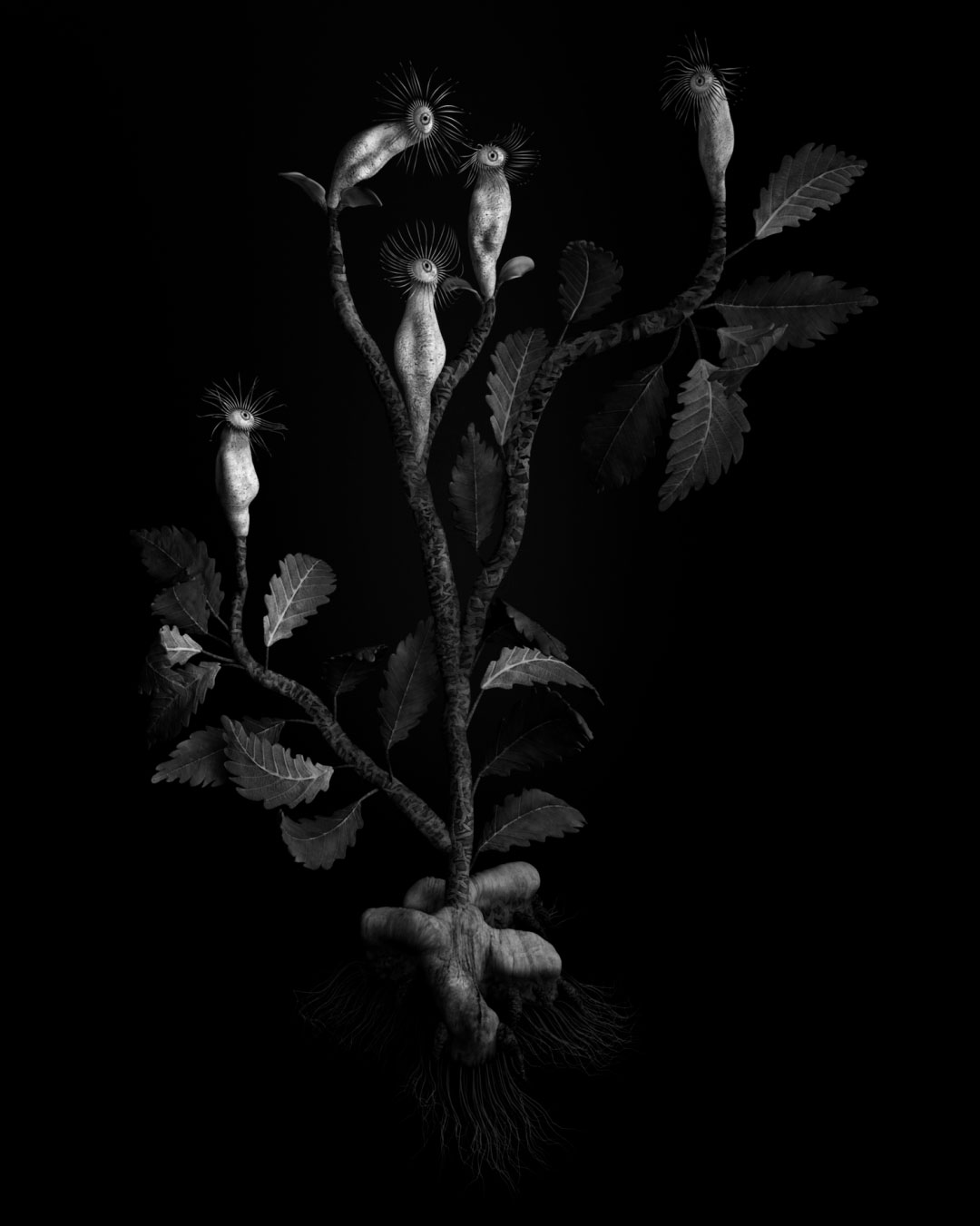
米约翰·鲁贝托和乌里赫·希托夫
标本 27v 春天,2023
银盐相纸
50 x 40 公分(19 3/4 x 15 3/4 英寸)
Miljohn Ruperto and Ulrik Heltoft
Specimen 27v Jaro, 2023
Silver gelatin print on fiber-based paper
50 x 40 cm (19 3/4 x 15 3/4 in)
《伏尼契手稿》是一部诡秘的、作者不明的手抄本。它由一种神秘的语言系统编写而成,其原始的出处和目的一直未被确认。该手稿的奇异性和神秘性激发了学术界和业余爱好者对其文字和图像的踊跃解读,然而,独树一帜的“伏尼契”式文本仍然未被破译。时至今日,尽管读者们已经对这个谜团进行了巨细靡遗的探索,关于《伏尼契手稿》的争论仍在继续,它或许是一套难以解密的编码系统,或许仅仅是胡言乱语,也可能只是一个精心策划的骗局。
《伏尼契手稿》的第一部分描绘了大量的不为人知的神秘植物插图,它们美丽却又同时令人困惑。正如环绕在插图四周未被破译的文字一样,植物的身份也难以识辨。当今的植物学家声称,手稿中载录的129种奇幻且怪异的植物标本图样中有一部分可以被识别,而另一部分植物插图则因描绘得过于模糊或怪诞,而无法在已知的自然界中找到可以与之匹配的物种。
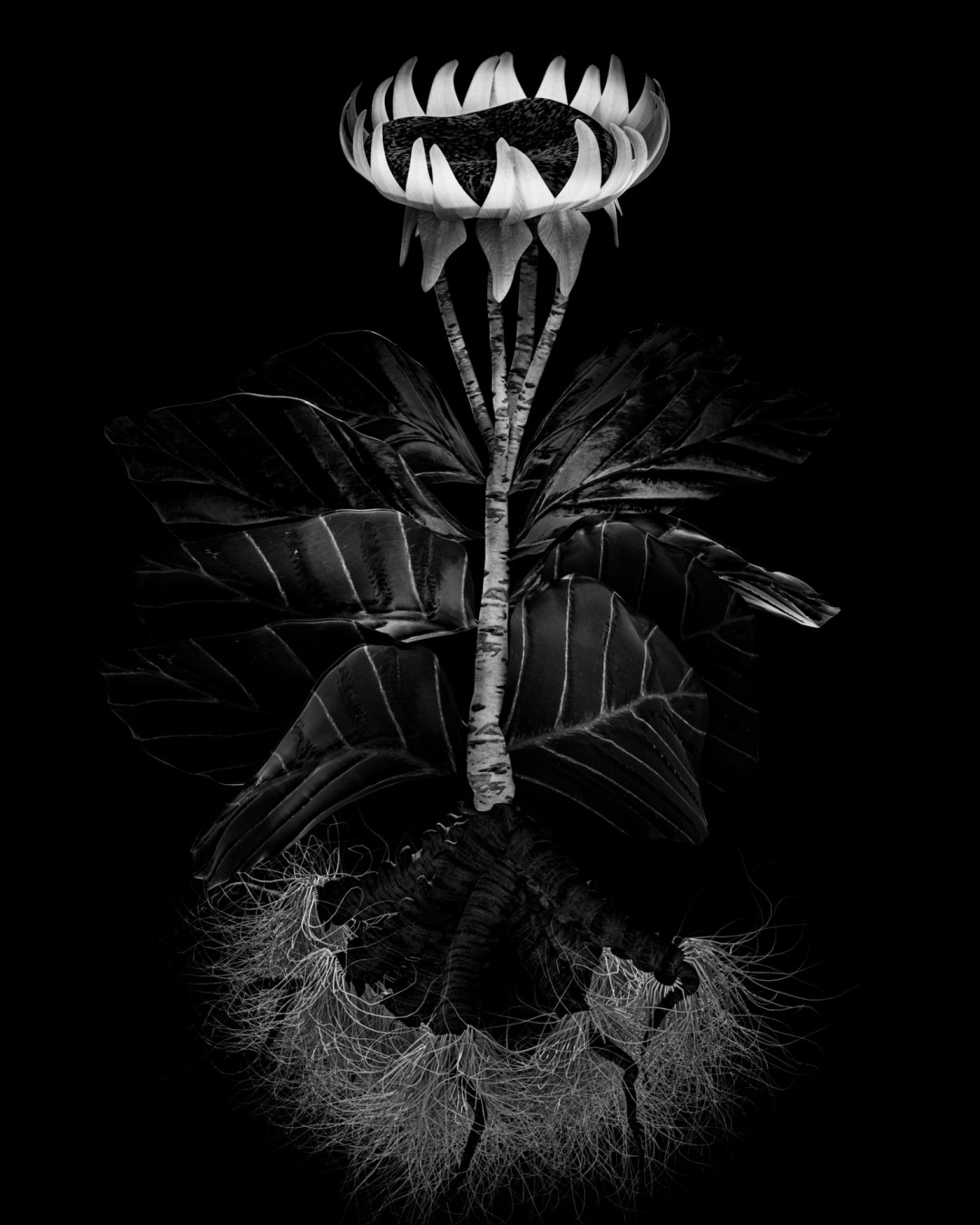
米约翰·鲁贝托和乌里赫·希托夫
标本 50v 夏天,2023
银盐相纸
50 x 40 公分(19 3/4 x 15 3/4 英寸)
Miljohn Ruperto and Ulrik Heltoft
Specimen 50v Leto, 2023
Silver gelatin print on fiber-based paper
50 x 40 cm (19 3/4 x 15 3/4 in)
鲁贝托和希托夫的“伏尼契植物学研究”是对这个充满争议的领域的继续思考。从2013年起,艺术家们从互联网上收集真实植物和物体的图像及肌理材料,运用3D软件将资料碎片拼接重组,以求最大限度再现《伏尼契手稿》中插图所描绘的奇花异草。随后,艺术家们用银盐成像的技术将这些数码图像转录到底片,冲印在纤维纸上。除了无法证实来源的描绘主体,“伏尼契植物学研究”选择的媒介、创作形式和展呈方式都似乎在试图说服观众去相信它们的客观真实性,进而突显历史文本的模糊性。在这次展览中,作品以组排列,展露同一植株历经的四季变化。艺术家们赋予这些精心构建的假想植物以序列号,并以“标本”命名每件作品,增添了一层科学的严肃性。对于真实的暗示也通过作品所呈现的形式主义风格得到体现,令人联想到卡尔·布洛斯菲尔德对植物标本进行的科学而又艺术的摄影记录风格。在《标本 11r 春天》(2023)、《标本 11r 夏天》(2023)、《标本 11r 秋天》(2023)和《标本 11r 冬天》(2023)这组作品中,观者可以在作品之间洞悉季节的演变,并探索该“标本”超出日常经验以外的视觉变化。“伏尼契植物学研究”通过虚拟主体所展现的形式主义,突显其作者、历史和创作目的之不明确。展览对《伏尼契手稿》即真实又编造的干预也反映了我们所处的历史时刻的某些真相,同时也提示了创作者知识与想象力的界限。
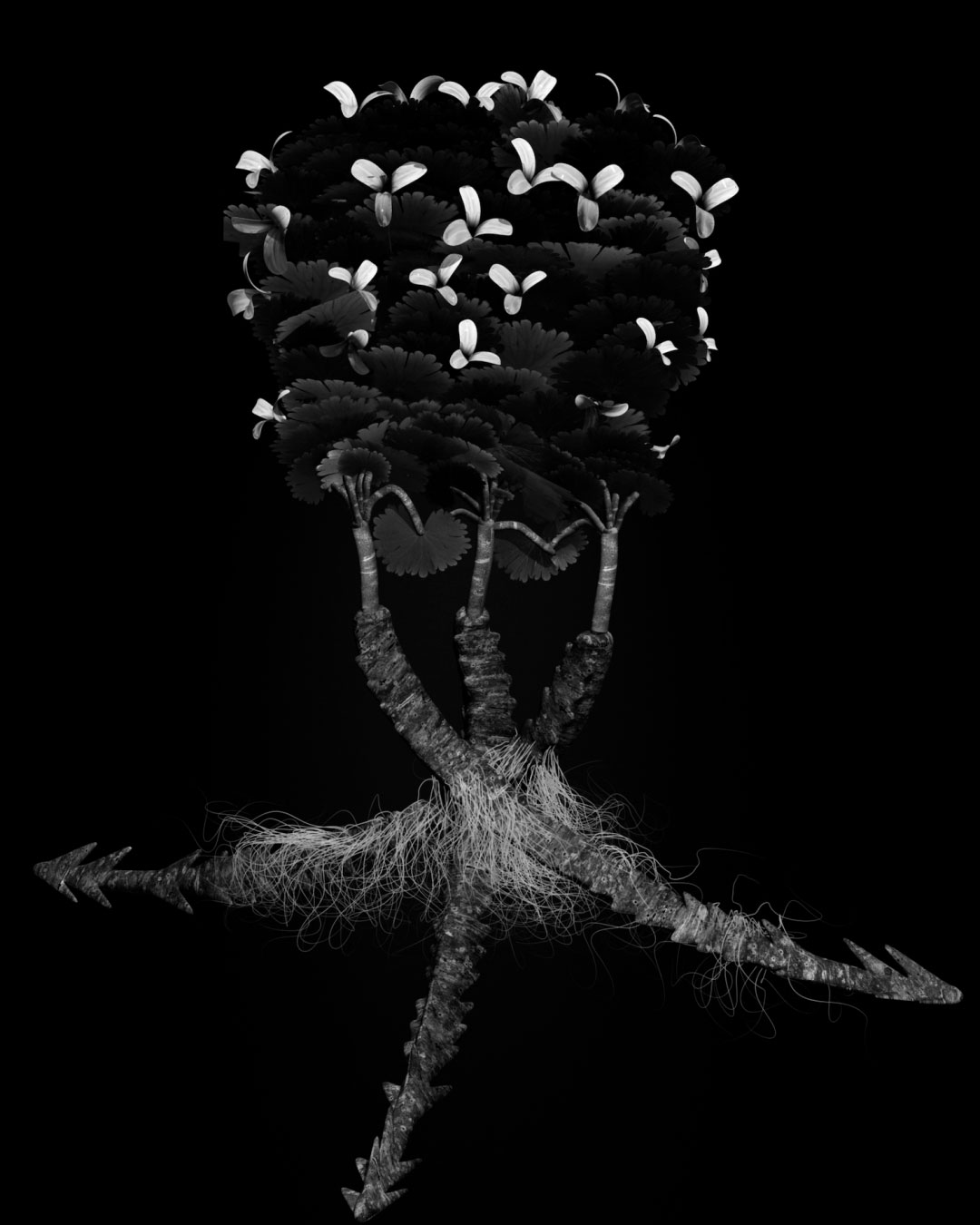
米约翰·鲁贝托和乌里赫·希托夫
标本 11r 秋天,2023
银盐相纸
50 x 40 公分(19 3/4 x 15 3/4 英寸)
Miljohn Ruperto and Ulrik Heltoft
Specimen 11r Podzim, 2023
Silver gelatin print on fiber-based paper
50 x 40 cm (19 3/4 x 15 3/4 in)
Gallery Vacancy is pleased to announce Miljohn Ruperto and Ulrik Heltoft’s first solo exhibition with the gallery, Voynich Botanical Studies, on view from June 17 to July 22, 2023. The exhibition brings forth a series of photographic works, engaging with the myths around the Voynich Manuscript from the 15th century.
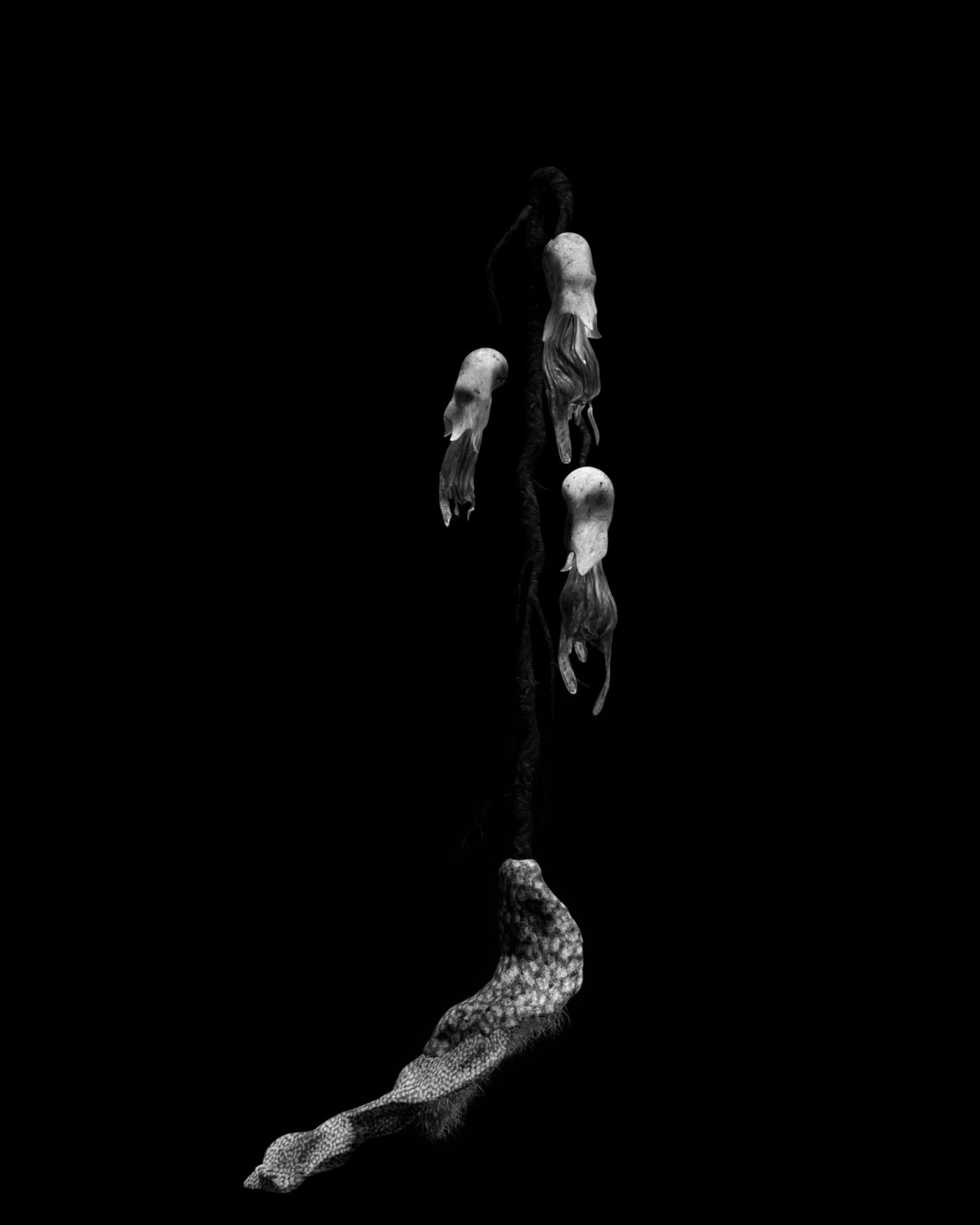
米约翰·鲁贝托和乌里赫·希托夫
标本 032v 冬天,2023
银盐相纸
50 x 40 公分(19 3/4 x 15 3/4 英寸)
Miljohn Ruperto and Ulrik Heltoft
Specimen 032v Zima, 2023
Silver gelatin print on fiber-based paper
50 x 40 cm (19 3/4 x 15 3/4 in)
The cryptic Voynich Manuscript is a hand-written codex of unknown authorship. Written in a mysterious language system, its origins and purpose stay unidentified. The strangeness and mystification of the script has inspired academic and amateur circles through visual and literal interpretations, yet the one-of-a-kind “Voynichese” text remains undeciphered. To this day, readers have explored this enigma in all its stunning detail, while the debate of it continues, whether it was coded, merely gibberish, or perhaps an elaborate hoax.
The first part of the Voynich Manuscript contains numerous botanical illustrations that depict otherworldly plants as baffling as they are beautiful. The identity of the plants has eluded decipherment, much like the uncoded text documented around the images. Ranging from the fanciful to the bizarre, part of the 129 illustrated plants are claimed to be identified by present-day botanists, while others believe that they are too vaguely drawn and too fantastical to match with any natural counterpart.
Ruperto and Heltoft’s Voynich Botanical Studies continues to ponder on this contested field. Since 2013, the artists sourced images and textures of actual plants and real objects from the internet, piecing various parts together in digital 3D software to approximate the illustrations from the Voynich Manuscript. These digital images were then photographed on negatives and printed on fiber paper. Besides the fictional origin of the subjects, the series’s chosen medium, form, and display manner all seemingly attempt at convincing the viewers of their objective truth, further presenting the ambiguity surrounding the historical text. In this exhibition, the works are arranged as different sets to reveal the changes over the course of four seasons. These carefully constructed imaginary plants are given serial numbers and titled with “specimen,” lending them a layer of scientific gravity. The implication is also evident through the works’ formalist quality, reminiscent of Karl Blossfeldt’s scientific as well as artistic documentation of botanical specimens. In the group Specimen 11r Jaro (2023), Specimen 11r Leto (2023), Specimen 11r Podzim (2023), and Specimen 11r Zima (2023), viewers can speculate the seasonal progression amongst the works and appreciate the visual variations that are not always empirical. The formalist characteristics of Voynich Botanical Studies differentiate through these fabricated images, accentuating the opaqueness in their authorship, history, and purpose. The exhibition’s intervention of the real and the concocted reflects certain truths to our historical moment and at the same time, delineates the limits of its makers’ knowledge and imagination.
米约翰·鲁贝托,1971年出生于菲律宾,现工作和生活于洛杉矶。他于2002年取得耶鲁大学的艺术硕士学位,并于1999年取得加州大学伯克利分校的艺术实践本科学位。乌里赫·希托夫,1973年出生于丹麦,现工作和生活于哥本哈根。希托夫于2001年取得耶鲁大学的艺术硕士学位,并于丹麦皇家艺术学院取得本科学位。鲁贝托和希托夫的合作项目《伏尼契植物学研究》使用3D建模软件在数码空间中重新想象与破译源自十五世纪《伏尼契手稿》, 创作出一系列虚构的植物标本。将不同的肌理和现成物拼贴在一起,这些标本图像被转录到负片中,随后冲印到相纸上。这个起始于2013年的合作项目曾经展览于:Friends Indeed Gallery,旧金山,2020;Koenig & Clinton,纽约,2017;以及惠特尼双年展,纽约,2014。
Miljohn Ruperto, born in 1971 in the Philippines, now lives and works in Los Angeles. He received his MFA from Yale University in 2002 and his BA in Art Practice from University of California, Berkeley in 1999. Ulrik Heltoft, born in 1972 in Denmark, now lives and works in Copenhagen. He received his MFA in sculpture from Yale University in 2001 and studied at The Royal Danish Academy of Fine Arts in Copenhagen. Ruperto and Heltoft’s collaborative project “Voynich Botanical Studies” employs 3D modeling software to reimagine and decode what could be written in the cryptic Voynich Manuscript from the fifteenth century, resulting in a series of imaginary plant specimens. The digital collage of different textures and found objects gets transferred onto negatives and printed on paper. The ongoing series since 2013 has been exhibited at Friends Indeed Gallery, San Francisco, 2020; Koenig & Clinton, New York, 2017; and the Whitney Biennale, New York, 2014.

